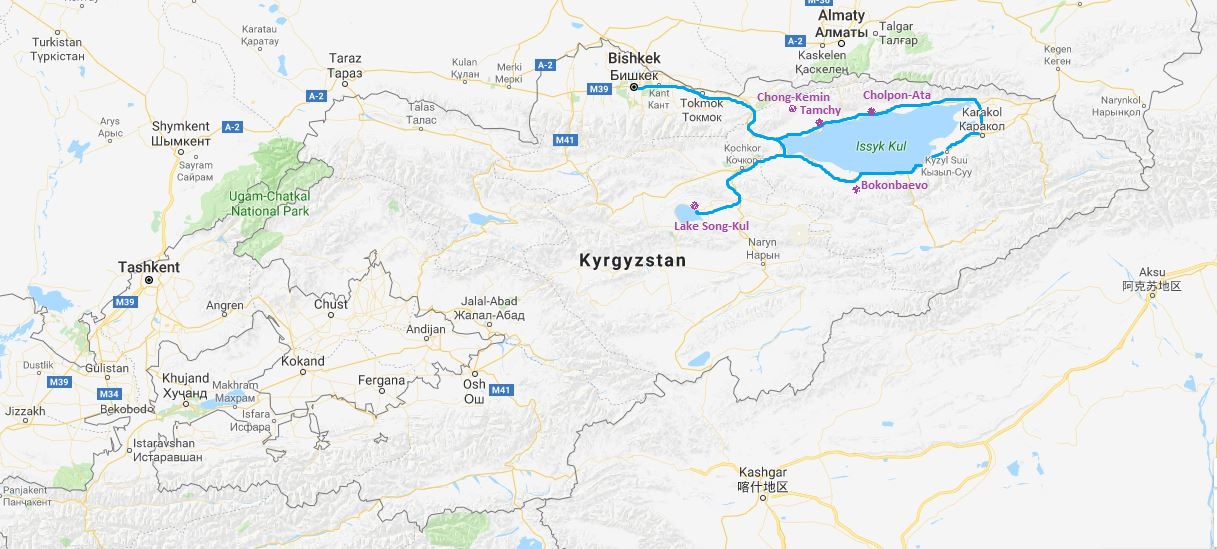Food and Drink
Kyrgyzstan hosts over 80 distinct cultures and nationalities. Kyrgyz, Uighar, Russian, Dungan, Uzbek, and Korean influences help create one of the most diverse cuisines of Central Asia. Kyrgyz food relies heavily on meat, dairy and bread, and is light on spices. Each meal ends with an «omin», a motion which gives thanks to God.
Traditional dishes
Besh Barmak For Kyrgyz people, Besh Barmak is a ceremonial food. A whole sheep is butchered and the mutton is boiled in a kazan (iron pot) with noodles until the broth reduces to a rich and flavorful sauce. The name, Besh Barmak, means «five fingers», it is traditionally eaten with the fingers and you will need all of yours to mop up the delicious stew.
Plov
Plov is a mound of rice, onions, and carrots with stewed meat.
Manty
Fist sized dumplings filled with mutton and onions
Lagman
A dish of thick home-made noodles in a spicy sauce, with cabbage, onions, and tomatoes
Chuchpara/ pelmeni
Smaller dumplings filled with onions, and juicy mutton, served in a soup
Kuurdak
Mutton or beef sauteed with onions and spices and garnished with herbs
Shorpo
Rich broth with potatos and vegetables
Shashlyk
Kebabs of mutton, beef, or chicken served with onions and vinegar
Traditional Drinks
Kymyz
A popular traditional drink made of fermented mares milk, drunk in summer.
Bozo
Fermented barley, usually drunk in winter
Jarma
Fermented millet, drunk in summer
As regards to homemade: the later the season, the stronger the drink.
Vegetarians
There are dishes which can be found without meat, and most places in Bishkek have a vegetarian item on the menu, or can alter a dish to suit your dietary needs. There are also supermarkets which carry standard items. Outside the city you will probably want to prepare food for yourself. Fruits are widely available, as a are a limited selection of vegetables (cabbage, cucumbers, tomatos). You may be able to find nuts, lentils, rice and beans, as well as fresh milk products, and eggs.
Bread, which is cheap and sold fresh in stores and roadside stands is another good option.



